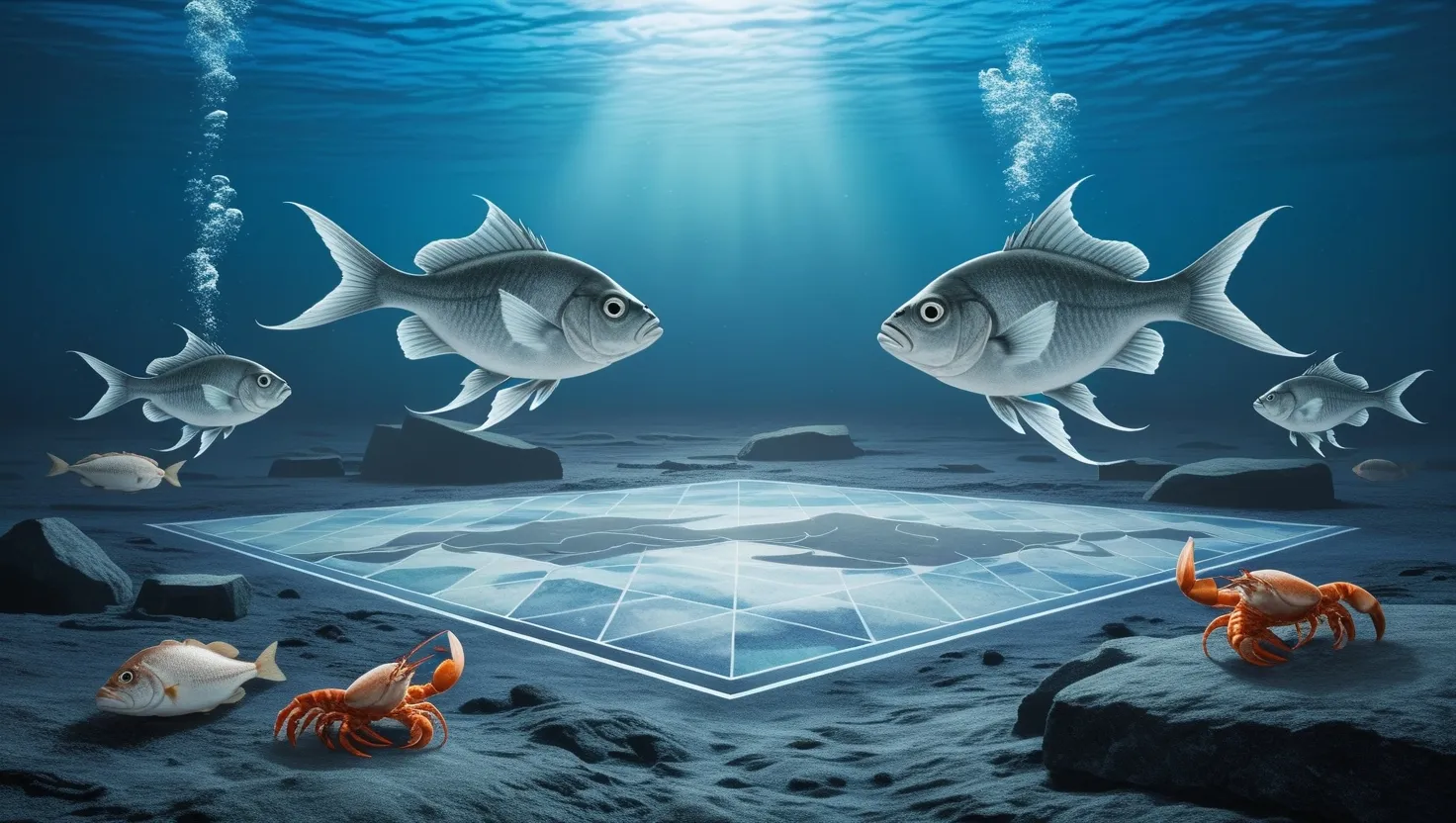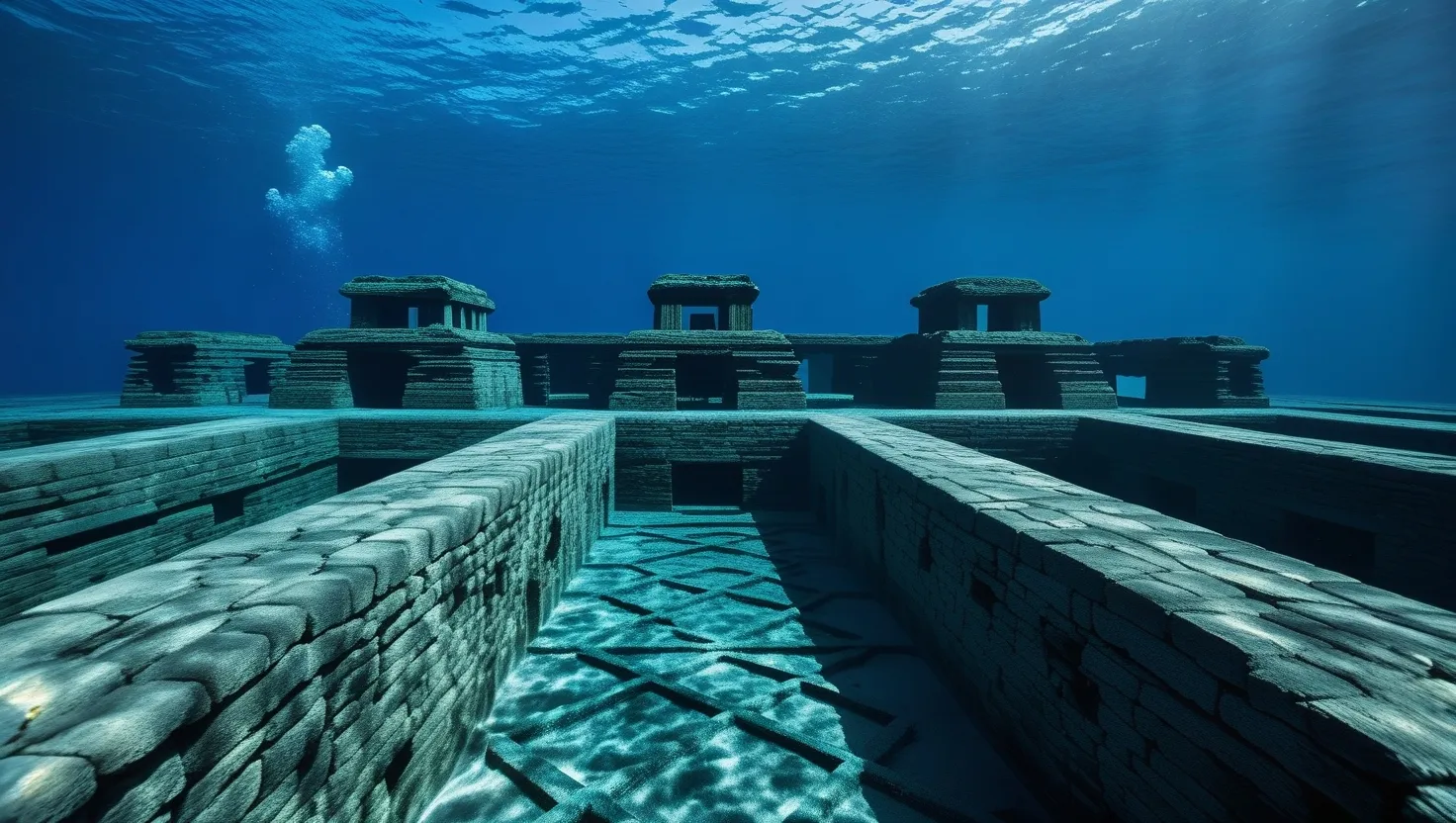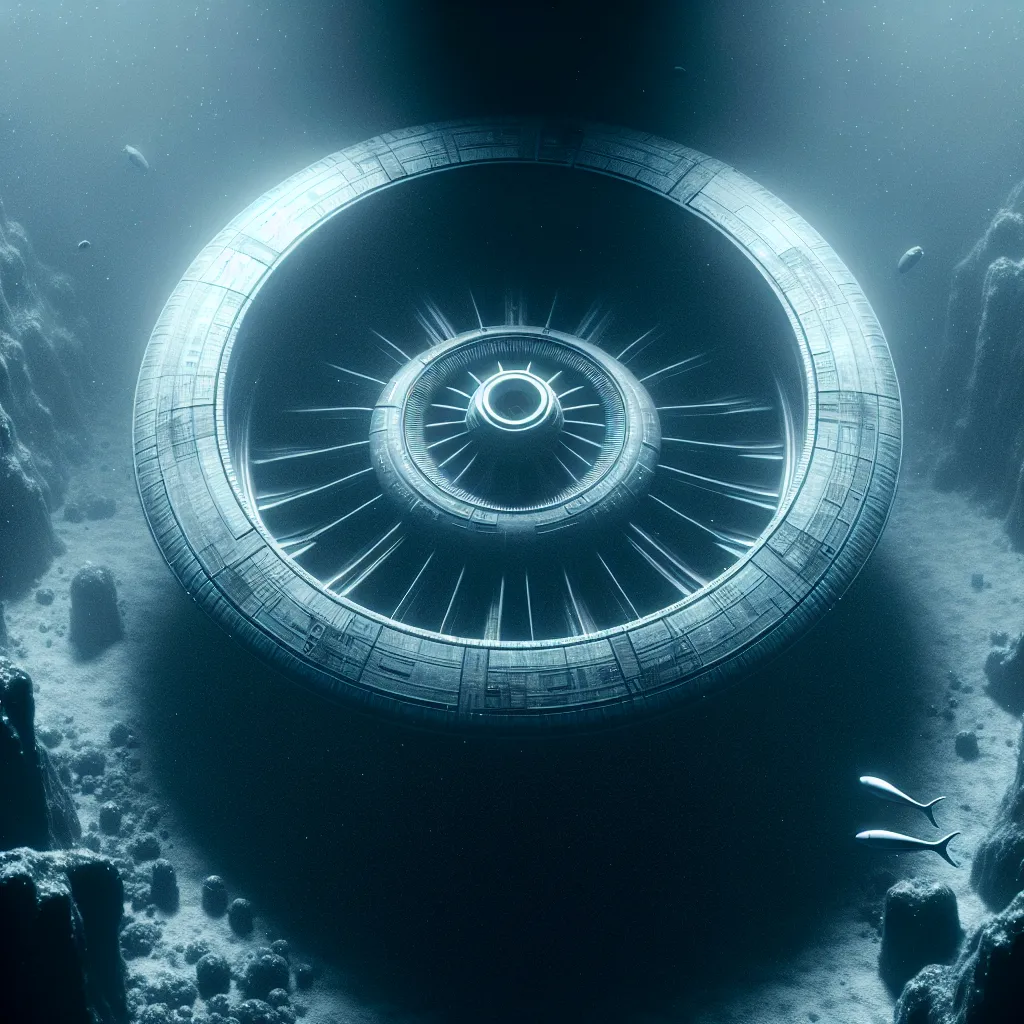The Baltic Sea has long captivated scientists with its unique ecosystem, but recent discoveries have thrust this body of water into the spotlight of genetic research. In a small area between Sweden and Finland, marine life is exhibiting extraordinary genetic adaptations that have left researchers both excited and perplexed.
I first heard about this phenomenon from a colleague who had just returned from a research expedition in the region. Over coffee, she recounted tales of cod with seemingly superhuman healing abilities and crustaceans with genetic profiles unlike anything she’d seen before. At first, I was skeptical. After all, extraordinary claims require extraordinary evidence. But as more data emerged from multiple research teams, it became clear that something truly remarkable was happening in those cold Baltic waters.
The anomaly zone spans just 12 square kilometers, but within that space, the rules of biology seem to have been rewritten. Fish collected from the area can regenerate damaged tissue at rates that defy our current understanding of cellular repair. Imagine a cod regrowing a severed fin in days rather than weeks, or healing a damaged eye to full functionality. It’s the stuff of science fiction, yet it’s happening right now beneath the waves.
What makes this discovery even more intriguing is its localized nature. Step just 500 meters outside the zone, and you’ll find fish with perfectly normal genetic profiles. It’s as if someone drew an invisible line in the sea and said, “Beyond this point, the laws of genetics no longer apply.”
“Nature is always more subtle, more intricate, more elegant than what we are able to imagine.”
- Carl Sagan
This quote from Carl Sagan seems particularly apt when considering the Baltic Sea anomaly. Just when we think we’ve got nature figured out, it throws us a curveball that challenges everything we thought we knew.
The geochemistry of the area is equally puzzling. The seabed is littered with rare earth elements and mysterious organic compounds that defy easy categorization. Some researchers have even reported geometric patterns in the mineral deposits, leading to wild speculation about their origin and influence on the local ecosystem.
But what could be causing these genetic marvels? That’s the million-dollar question that has scientists scratching their heads. Some theories point to complex interactions between the unique chemical environment and epigenetic processes. Others suggest we may be witnessing evolution in real-time, spurred on by some unknown environmental factor.
Whatever the cause, the implications of this discovery are staggering. If we can understand how these creatures are able to regenerate tissue so rapidly, it could revolutionize medical treatments for humans. Imagine being able to regrow damaged organs or heal wounds without scarring. The potential applications are limitless.
Of course, with great discovery comes great responsibility. As news of the Baltic Sea anomaly spreads, there are concerns about the potential for exploitation. How do we balance scientific inquiry with the need to protect this unique ecosystem? It’s a question that researchers and policymakers will need to grapple with in the coming years.
Have you ever wondered what other genetic marvels might be hiding in the unexplored corners of our planet?
As I delved deeper into the research, I found myself marveling at the complexity of life. Here we are, in the 21st century, thinking we’ve got a handle on genetics, and nature throws us a curve ball like this. It’s a humbling reminder of how much we still have to learn about our world.
The discovery has sparked a flurry of new research initiatives. Teams from around the globe are flocking to the Baltic, eager to get their hands on samples and contribute to our understanding of this phenomenon. It’s not just biologists either - chemists, geologists, and even physicists are getting in on the action, each bringing their unique perspective to the puzzle.
One of the most fascinating aspects of this discovery is how it challenges our understanding of evolutionary timelines. Typically, significant genetic changes take thousands, if not millions of years to develop and stabilize within a population. Yet here we have multiple species showing consistent mutations across several genes, all within a relatively small area. It’s as if evolution hit the fast-forward button in this one spot.
“In the field of observation, chance favors only the prepared mind.”
- Louis Pasteur
Pasteur’s words ring true here. It took keen observation and open minds to recognize the significance of what was happening in the Baltic. How many other scientific breakthroughs might we be missing simply because we’re not looking in the right places or with the right perspective?
The potential medical applications of this discovery have the scientific community buzzing with excitement. If we can understand and harness the mechanisms behind this rapid healing, it could lead to treatments for everything from spinal cord injuries to degenerative diseases. But we’re still a long way from that point. For now, we’re just trying to understand the basics of what’s happening and why.
Environmental concerns are also at the forefront of many researchers’ minds. The Baltic Sea is already under significant stress from human activities. How might this genetic anomaly affect the broader ecosystem? And what if the factors causing these mutations have unforeseen negative consequences? These are questions that need careful consideration as research progresses.
What do you think are the ethical implications of studying and potentially exploiting this genetic anomaly?
As news of the Baltic Sea anomaly spreads beyond scientific circles, it’s sparked the imagination of the public. Some see it as a hopeful sign of nature’s resilience in the face of environmental challenges. Others view it with suspicion, wondering if there might be less natural explanations for the phenomenon. Conspiracy theories abound, ranging from secret government experiments to extraterrestrial influence.
While these wild speculations might seem amusing to scientists, they highlight the importance of clear, accurate science communication. It’s crucial that we share our findings and their potential implications with the public in a way that’s both engaging and factual. Otherwise, we risk letting misinformation fill the void.
The discovery has also reignited debates about the nature of genetic inheritance and the role of the environment in shaping DNA. For decades, we’ve understood that genetic changes occur through random mutations and natural selection over long periods. But the Baltic Sea anomaly suggests there might be other mechanisms at play that we don’t yet fully understand.
“The most exciting phrase to hear in science, the one that heralds new discoveries, is not ‘Eureka!’ but ‘That’s funny…‘”
- Isaac Asimov
Asimov’s quote perfectly captures the spirit of this discovery. It started with researchers noticing something that just didn’t quite fit with what they expected. That sense of “huh, that’s odd” has now blossomed into one of the most exciting genetic mysteries of our time.
As research continues, we’re likely to see this discovery influence fields far beyond marine biology. It could reshape our understanding of genetics, evolution, and the interplay between organisms and their environment. It might even force us to reconsider some of the fundamental principles of biology that we’ve long taken for granted.
For now, the Baltic Sea anomaly remains a tantalizing mystery. Each answer we uncover seems to lead to a dozen new questions. But that’s the beauty of science - it’s not about having all the answers, but about constantly pushing the boundaries of our knowledge.
What areas of science or medicine do you think could benefit most from studying this genetic anomaly?
As we continue to unravel this genetic puzzle, one thing is clear: the Baltic Sea has much more to teach us. This discovery serves as a powerful reminder of the wonders that still lurk in the unexplored corners of our world. It challenges us to keep questioning, keep exploring, and never assume we’ve learned all there is to know.
The Baltic Sea genetic anomaly is more than just an interesting scientific curiosity. It’s a window into the incredible complexity and adaptability of life on Earth. As we face global challenges like climate change and biodiversity loss, understanding these mechanisms of rapid adaptation could prove crucial to conservation efforts.
In the end, this discovery embodies the very essence of scientific inquiry - the thrill of uncovering something new, the challenge of explaining the unexplainable, and the potential to use that knowledge to improve our world. As we continue to study this remarkable phenomenon, who knows what other secrets the Baltic Sea might reveal?






